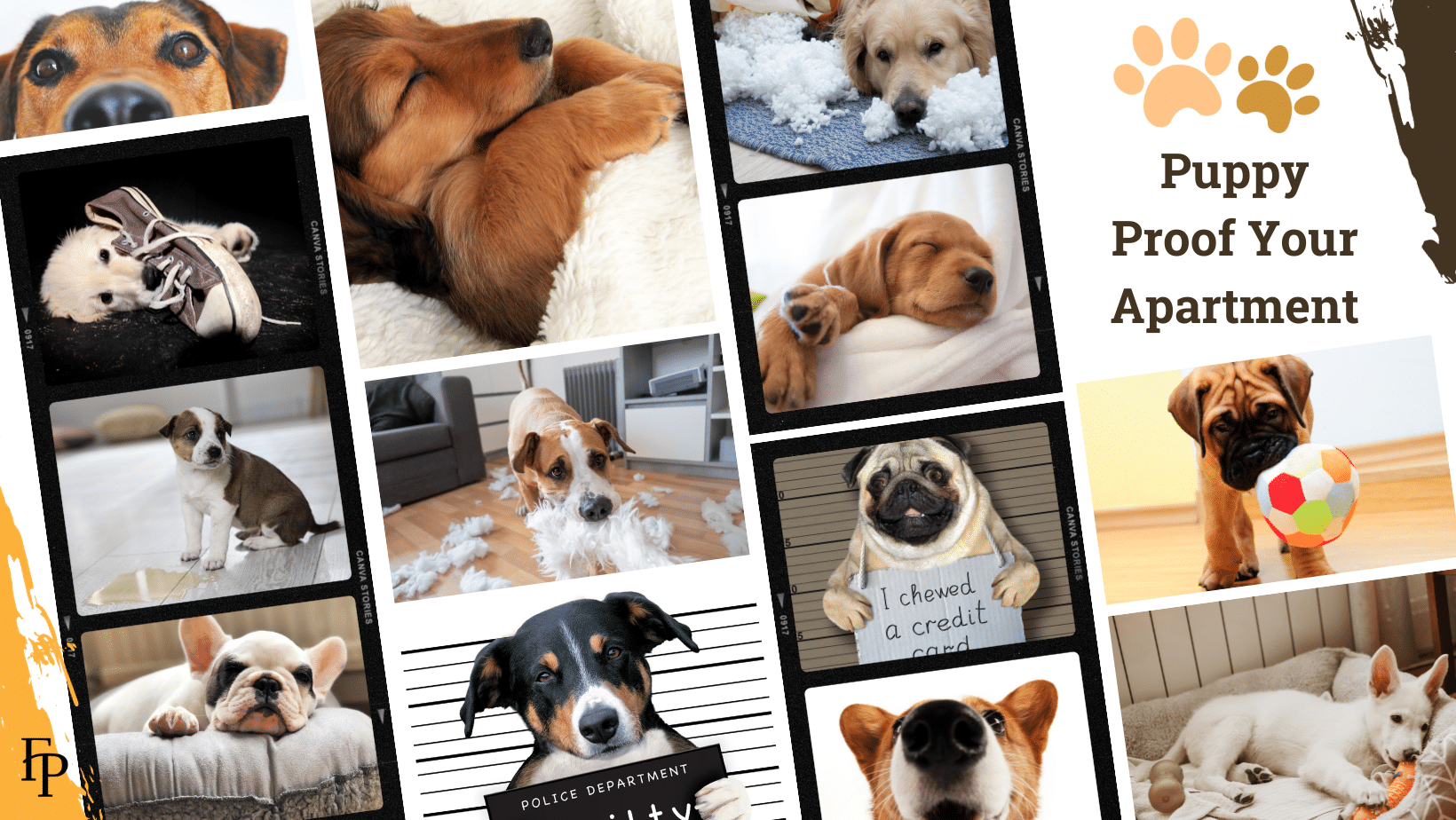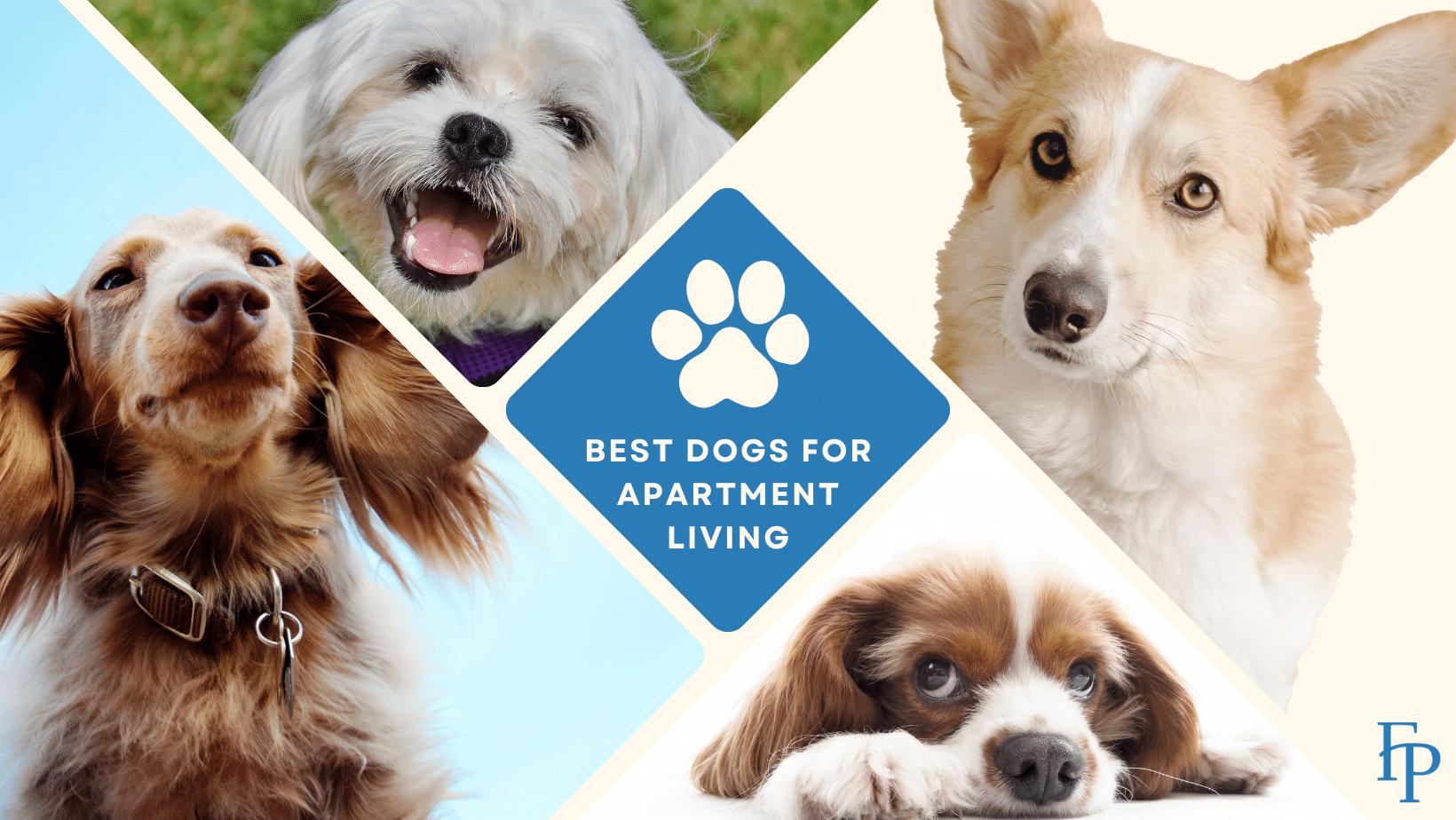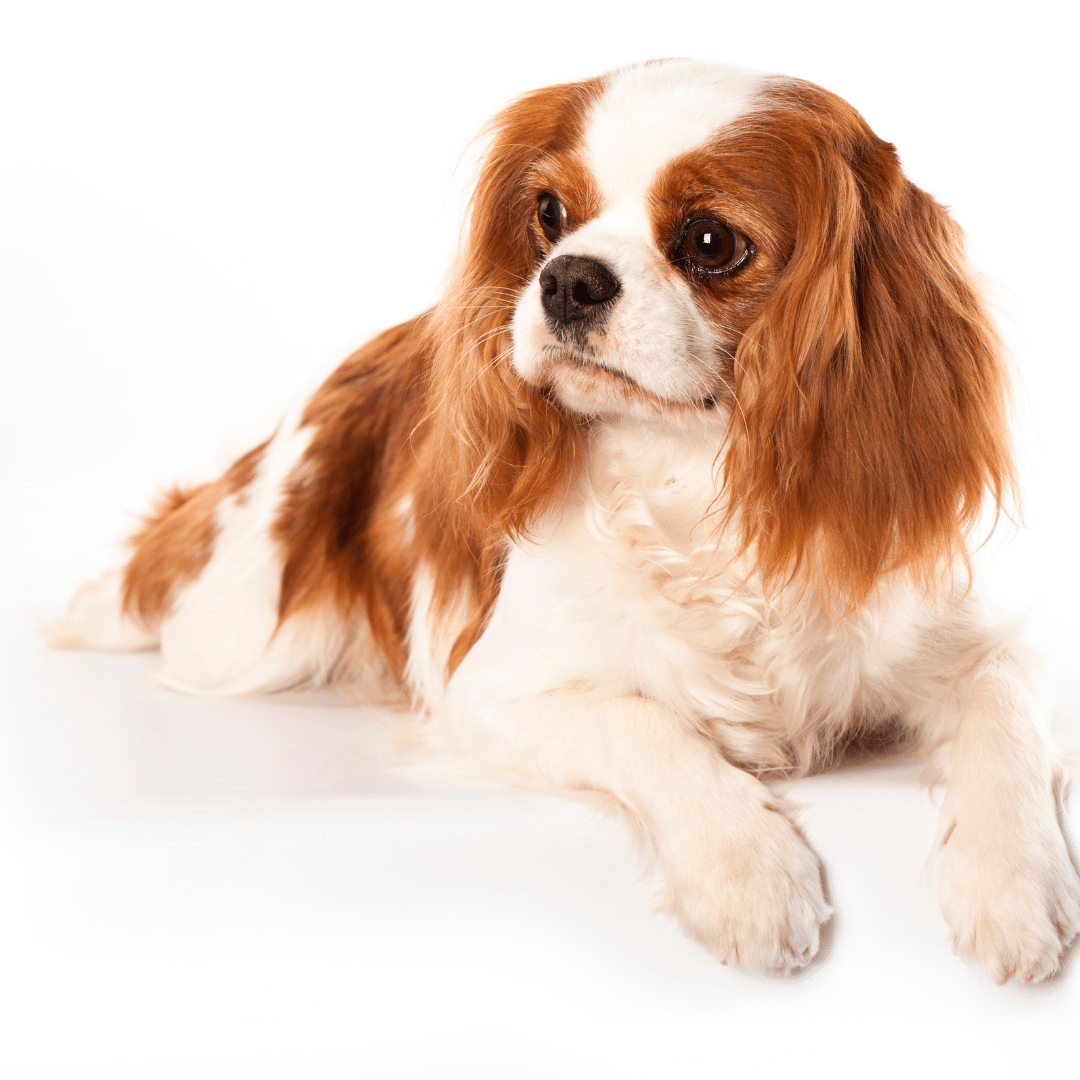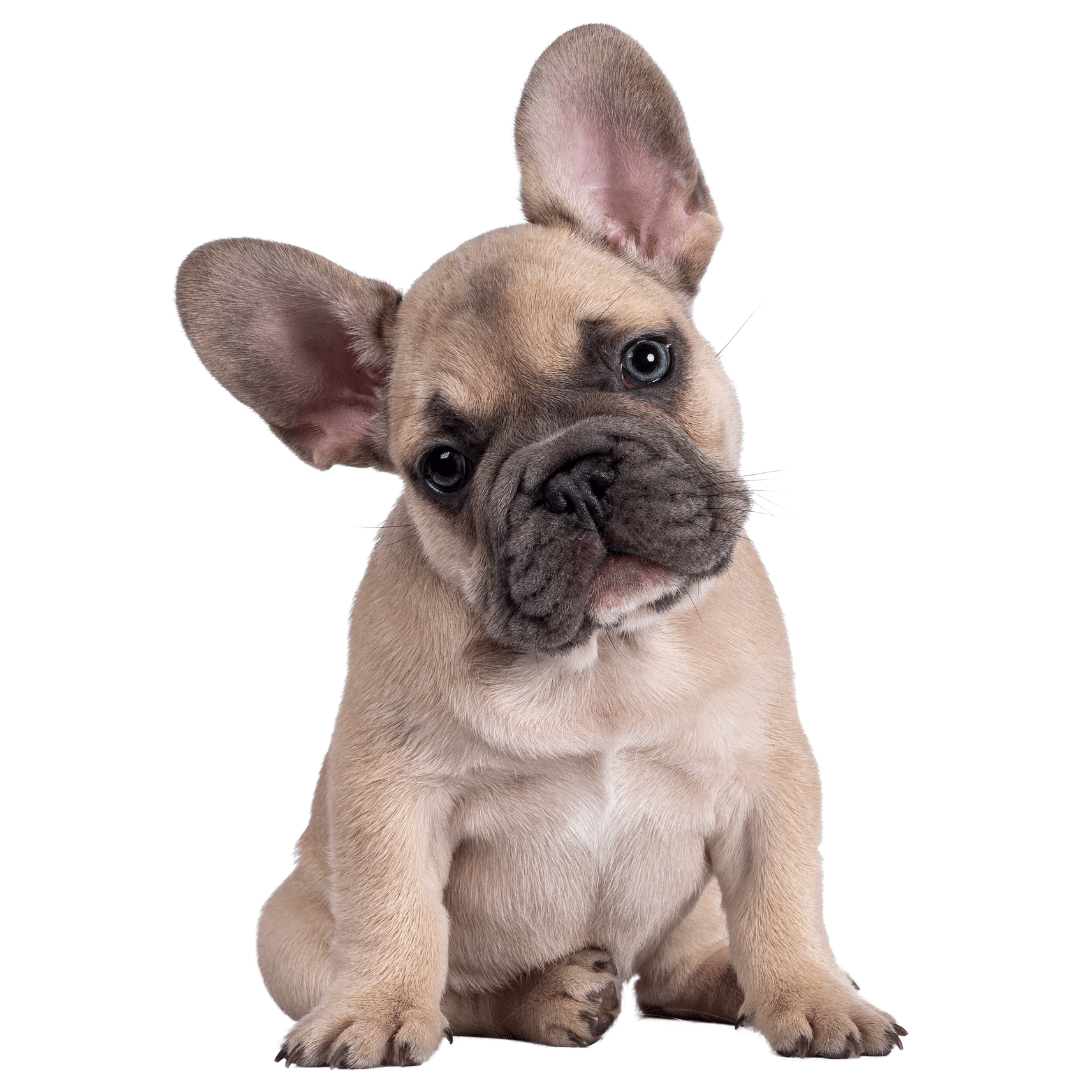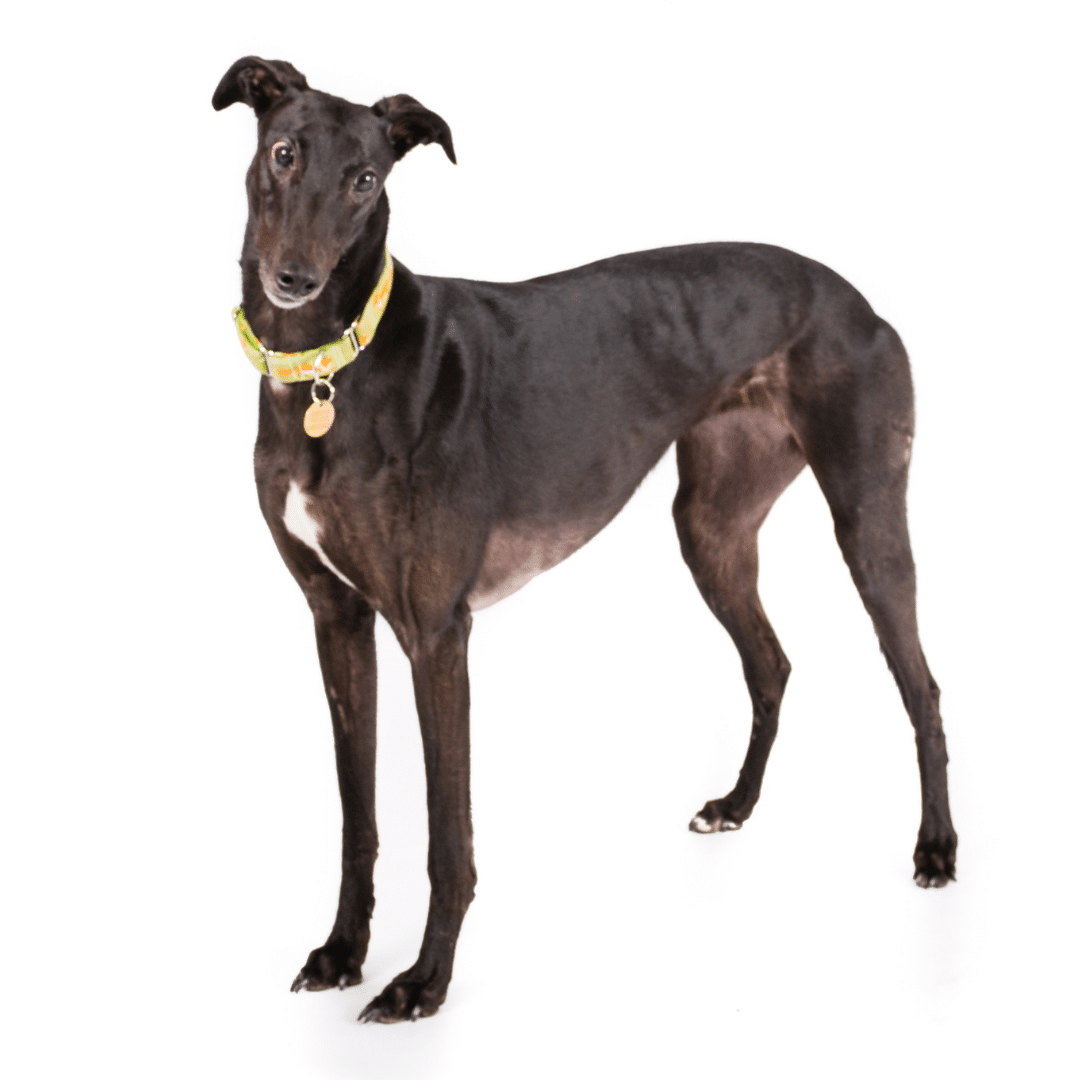Puppy Proof Your Apartment
You took the plunge and got yourself a puppy after deciding what breed would work best. After making sure your pup has all the appropriate vaccinations to be around other dogs, you’ve considered where to take your pup to have fun, frolic, and make friends in Dayton, Cincinnati/Northern Kentucky, or Dallas. And, if you haven’t done so already, now is the time to puppy proof your apartment.
When I got my little guy 10 years ago, he was 2.5 pounds of fluff resembling a Beanie Baby (remember those?). He was 12 weeks old and (supposedly) a purebred Maltese. Turns out he’s part Maltese, part Bichon Frisé, and part rascal. His previous owner trained him on puppy pads, so housebreaking was a nightmare since he thought it was okay to pee inside on the floor. Fortunately, he was not one to chew on anything. There was just one time – the first time I dressed him in a red raincoat with a yellow ducky on the back (adorable!!) – that he took a good chew on my most expensive pair of shoes as revenge for the humiliation. Anyway, I digress (so easy to do when talking about your dog, right?).
When you introduce a new pup to your home, it’s important to prepare your apartment. Puppy proofing serves two important purposes: one, it ensures your puppy stays safe, and two, that the puppy doesn’t damage your furniture, your stuff or the apartment itself. Here are our suggestions for successfully puppy proofing your apartment.
Protect Your Apartment From Your Puppy
- Tidy up. Before your puppy enters your home, put away anything you don’t want to wind up in Fido’s mouth. Ollie has a penchant for earbuds. My previous dog likes to eat undies. So think about “chewables” like shoes, remotes, chargers, baskets, decorative items — anything, really!
- Protect. Buy a lint roller and keep it handy for your clothes and furniture. Here are eight of the best. If you plan on snuggles with Rover on the couch, consider covering it with a washable blanket or throw. If your pup is one who will shed – and most dogs do – think about a partial slipcover for the sofa and chair.
- Create a puppy space. It doesn’t have to be as elaborate as “Teddy’s House”, but a cozy spot for Fluffy’s bed or crate (if you are crate training), bed, and toys would be ideal. Preferably the puppy space is located in a low-traffic, out-of-the-way area that has easy-to-clean floors in case of accidents. You can also purchase a large heavy-duty plastic sheet or tray to place under the bed or crate.
- Consider crate training. Whether simple or luxe – Poppy won’t care – a crate gives your pup a safe place to retreat to when she is scared or anxious. Plus, it can help with housebreaking, future travel. It will also make visits to the vet or groomers a lot easier. Of course, you’ll use a carrier for quick trips and/or travelling in public transportation.
- Easy does it. Bringing Marshmallow into her new space and around new people is going to be exciting and overwhelming for your pup. Taking it slow will help you avoid accidents and anxiety with your new fur baby. Let the puppy get used to your place one room at a time, and use a dog (or baby) gate to block areas you don’t want the puppy in just yet.
- Get your puppy plenty of exercise. Take your puppy for lots of long walks and spend plenty of time outside to tire them out. This will ensure that they’ll just want to cuddle during your downtime instead of search for mischief to get into.
- Spoil your puppy. A bored dog is a destructive dog. Provide lots of toys, especially rubber toys they can chew, and squeaky toys they can pounce on. Brush them every day and keep their nails clipped. If you start good daily grooming habits while they’re in the puppy stage, you’ll get them used to the attention and build trust.
Protect Your Puppy From Your Apartment
We’ve looked at ways to puppy-proof your apartment to keep your stuff, your furniture, and your place safe from adorable but curious and mischievous pups, but it’s also important to make sure you keep your pup safe from potentially dangerous things in your home.
- Toxins. All medicines and supplements, cleaning products, detergents, and even certain plants are dangerous for puppies to ingest. Store these items behind locked doors or out of reach to avoid a visit to the emergency vet. The ASPCA Animal Poison Control has a list of people foods your dogs should not eat and a list of poisonous plants and flowers to help you protect your pet.
- Trash. The smell of garbage can be irresistible to curious puppies. So much to root through, especially when they’re left alone. Yet trash cans are full of objects that could harm your puppy, including bones, leftover onion or garlic skins from your latest cooking adventure, empty cleaning product containers – even the trash bag represents a suffocation danger. To keep your pup safe, get a good, sturdy trash can with a lid. And consider putting childproof locks on lower cabinets, doors, and drawers.
- Cords. Use cord protectors to cover household electric cords, cables, and wires.Teething puppies have a hankering to chew and they might see your power cable and charger cords as a chew toy. Protect your puppy from an electrical shock, burn to the mouth, and a visit to the vet by covering and securing those cords.
- Batteries. Remote controls, electronic toys, key fobs, and any other devices that contain batteries should be picked up and kept well out of reach. Not only can small parts be chewed and swallowed, but a swallowed battery is even more dangerous because it can cause burns to the soft tissue inside your pet’s esophagus on the way down. Disc batteries are especially dangerous!
- Heights. Puppies are clumsy and have fragile bones, so a seat on the couch or in a standing child’s arms puts them at risk of injury if they fall or try to jump. It’s best to keep your puppy off tall furniture and have young children sit when holding them until your puppy is less fragile and more coordinated.
- Toilets. Keep toilet lids closed, so the puppy won’t drink out of the toilet or fall in.
- Doors & windows. Keep doors and windows closed at all times, so Spot can’t escape or fall out, and secure the cords that raise blinds, so they won’t get caught around the puppy’s neck.
- Your bag. It’s very likely that your purse, backpack, gym bag, or diaper bag contains one, if not many items that pose a threat to your new pup. Xylitol poisoning is becoming more and more common as it creeps into more products, like sugar-free gum, hand creams, etc. Preventative Vet has a list of 700+ products containing xylitol. Unintentional poisoning is one of the most common pet emergencies, so be sure to store bags in a closed closet or on a sturdy hook that is high and out of reach.
Now that you and Peanut are in a safe environment, snuggle up and enjoy your new bestie.
